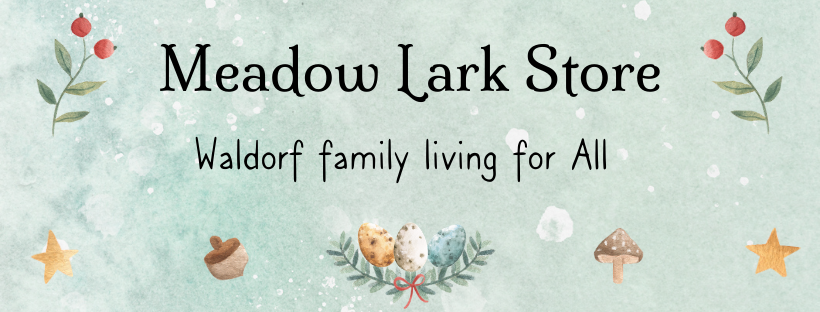Children's Games in Street and Playground
$ 40.00 USD
Perhaps this book should come with a warning to parents: within these pages, children deliberately scare each other, ritually hurt each other, take foolish risks, promote fights, and play ten against one. Yet, throughout, they observe their own sense of fair play consistently.
“During the past fifty years, shelf-loads of books have been written instructing children in the games they ought to play—and some even instructing adults on how to instruct children in the games they ought to play—but few attempts have been made to record the games children in fact play.” This was Iona and Peter Opie's pertinent observation in 1969, and it was this gap that they sought to fill with their exhaustive survey, through the 1960s, of the games that children “in fact play” aged roughly between six and twelve years of age, and when outdoors—and usually out of sight.
The Opies were not interested in formal games and sports supervised by parents or teachers. What excited them were the rough-and-tumble games for which, as one child described, “nothing is needed but the players themselves.” They were also anxious that, in their meticulous recording of the games, the spirit of the play, the zest, variety and disorderliness, should not be lost. The result was their classic work Children's Games in Street and Playground. It records games played in the street, park, playground, and wasteland of more than 10,000 children from the Shetland Isles to the Channel Islands, although the majority of the information comes from children living in big cities such as London, Liverpool, Bristol, and Glasgow.
The book focuses initially on starting a game and games involving chasing, catching, and seeking. It includes favorites such as “The Dreaded Lurgi”; “What's the Time, Mr Wolf?”; “Stuck in the Mud”; and “British Bulldog.” The book also considers games involving seeking, hunting, racing, dueling, exerting, daring, guessing, acting, and pretending. Some 125 games are described in detail, including the rhymes and sayings children repeat while playing them, as well as the various names under which they are played. Brief historical notes are also included where relevant.
The children of the 1960s, the Opies noted, are often thought “to be incapable of self-organization and to have become addicted to spectator amusements,” to the extent that adults must provide play materials, ideas, and time to play with them. The same attitudes are still widespread today with our concerns about television and computer games, and the middle-class parenting impulse to fill our children's days with organized classes and play dates. “However much children may need looking after, they are also people going about their own business within their own society.” There are important lessons to be learned from this book about giving children the time and physical space to be themselves with other children.
- Written by Iona and Peter Opie
- 464 pages
- 6.2" x 9.3"
- Published 2013
- Paperback

